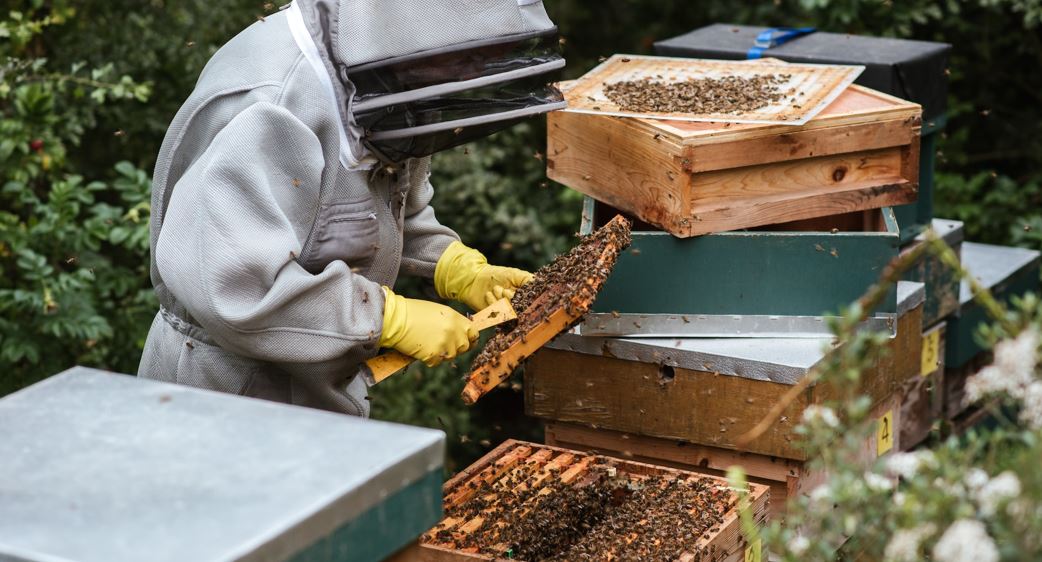Tips on How to get a Farm Grants and Subsidy

Farm grants or loans and subsidy from the government helps agribusinesses, farms and agricultural organizations to supplement income their agricultural startups. It is the easiest way by which a startup farm can grow exceedingly because the grant does not require repayment.
This kind of financial support for small farms and farm-related businesses is mostly gotten from a variety of Federal, state and local agencies and from non-governmental organizations in some cases.
Farm subsidies in other words known as agricultural subsidies from governmental and non-governmental sources are what actually help startup farmers to grow into renowned commercial farming.
In the recent agricultural systems, a lot is needed for an effective agricultural practice which ranges from farming equipment, farming supplies and chemicals, buying of seedlings and all that not.
Most farmers are aware of the government providing subsidies or grants for startup farmers but are most times unaware of where and how to be a partaker of it.
This article has been carefully compiled to provide you with helpful tips on how to get agricultural grants and subsidy, stay organized and get a rewarding career in the agricultural industry.
1. Learn About Grants
No matter what it is you want to do in life, it is very necessary to have the basic knowledge of it in order to succeed.
It is necessary here especially if you have the intention of applying for a federal grant.
Some of the important things you need to know before applying for the federal grant include:
Basics about the grant lifecycle and management
Rules or rather laws and regulations for federal awards
Grant eligibility
Grant terminology and acronyms
Basic tools and applications for grant management
Grant programs such as financial assistance and benefits
Grant reporting and monitoring
How to recognize and avoid grant fraud and scam
2. Decide on the Type of Farm you Want to Set Up
This is among the first thing to do when looking forward to getting a farm grant is to decide on the type of farm you wish to set up. There are many grants being directed to specific types of farming which you will come across while searching for grants.
Now, if you discover that there is any open grant or farming subsidy available from governments or agricultural co-operatives.
This is where strategically identify the exact thing you want to do on your farm. It professionally is called the development of a business plan and is regarded as the first and most important step to getting a farm grant or loan.
3. Search Grants
Government grant or loan is the easiest financial way to boost any startup business whether farm or other related businesses. You can search by categories or browse by keywords for agencies that offer small farm grants that may meet your needs.
Any list of open grant opportunities for farmers provides an approximate amount for each grant and also gives a description of the type of farmers for whom the money is intended.
Some countries will always provide links to other state and federal programs for the person applying for the grant may be eligible for. Most grants or loans are made to fund a specific project in agricultural farming and will require some level of compliance and reporting.
4. Sign Up with a Federal Government Grant
Once you have an overview of what federal grant or loan is all about and the basic rules that apply to it, you can easily get one. You can acquire this overview from the grants learning centre and then find the federal grant that aligns with your work.
Once you have checked your eligibility status for the grant or loan, you can sign up with the federal government grant to apply using workspace.
Workspace is the usual way for organizations or individuals to apply for federal grants. It permits a grant team to access and edit different forms within an application instantaneously.
5. Create the Best Possible Grant Writing
Once you have your lay-down business plan and discovered that there is an open grant or loan available for farmers, the next thing to do is to write a grant.
While writing for a grant, you have prepared a winning grant proposal that will make government or co-operatives in charge feel that you are truly ready to venture into agri-farm business.
Make out time to read through technical documents in order to write a better proposal that will look great. You have to also have in mind that great writing originates from great reading. Also, review some successful grants before you can forge ahead in writing yours.
While reading other successful grants, you have to note the language used in writing, goals, and ideas that they used which are persuasive to the grant-givers. Once you are done, have them reviewed to make sure everything is in order.
Note: You can hire a professional grant writer who knows about grant opportunities and the possible ways to secure the fund you need to help you do this.
6. Describe How Your Farm will Look Like
In most cases, the grant or loan giver may visit the farm to make sure that what you filled in the application form is the same with what they see which will make them decide whether you are qualified or not for it.
So it is better to give the right information as concealing matters that are important might lead to sanctions and others.
In most cases, grant agencies may require you to submit your lay-down business plan alongside your grant application. Therefore, it is necessary that include specific information about the estimated costs and revenues for the farm.
In addition to this, the farmer should give a detailed description of how his or her farm will operate and also put in a list of how many workers he/she wishes to employ and specify the tasks they are going to take, in addition to the estimation of their individual salaries.
7. Search for Main Funding Sources
There are many funding sources for a startup farm loan. It is necessary that you conduct a federal funding search by visiting government grant sites online to identify any potential grant funding sites.
Some other funding sources are co-operatives, local banks such as microfinance banks, agricultural department farm service agencies, farm credit service providers as well as other non-profit organizations or private contracts that offer credit loans for agri-business farming.
Your focus should initially base on finding open or current grand-fund opportunity then getting the contact details which can be used to reach the grant-making agency to ensure if the funding is still in progress.
8. Submit Your Request
Once you have completed writing the application for the grant and have also scanned all the required documents necessary to acquire the grant then you have to submit directly to the organization you applied with.
Ensure the right medium for submitting your request. For instance, some organizations may request that you submit the completed grant request document as a PDF file to their email address.
Submit to the right source with the correct requirements in order not to be disqualified.
9. Track Your Application
Tracking your submitted request is a good and successful way to follow up on the application.
Someone may begin to wonder why? It is very necessary mainly if you are applying to a large organization. Remember you are not the only one in need of the particular farm grant or loan you have applied for. Therefore, the chanced you will face might be limited.
For this reason, you have to keep an eye on the submitted grant application to know if or not you will succeed in getting it.
Federal grants always provide grant applicants with unique and genuine tracking numbers that will be used in tracking their submitted requests.
10. Document How you Spend the Grant or Loan
Documenting how you spend your grant or loan is a step that should be taken after you must have succeeded in getting for the first time.
In most cases, grant givers may visit the farm to make sure that what you filled in the application form is the same with what you are doing.
It is important to play wise and spend your first grant judiciously. You can make a documentation of the usage so far which will make you eligible for opening up additional opportunities in the future.
You may also wish to maintain updated spreadsheets with respect to your financial accounts so far. Collect proof that will prove to your grant giver that the money you received helped you in achieving the intended results on your farm business.
Since finance has been the main challenge faced by farmers, the government and cooperatives of different countries have made it their responsibility to provide agricultural grants or subsidy for start-up farmers in order to improve their agricultural yield.
The grants, subsidies or loans provided by the government or other non-government bodies are focused on supporting agriculture are primarily to encourage farming and other agricultural practices among the farmers and entrepreneurs.
When qualified for the grant, there might be other paper works and requirement which might be needed to be completed to authenticate and also make sure you pass their qualifications.




